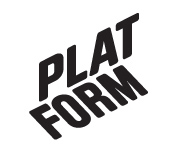Artists: Igor Przybylski, Anita Pasikowska, Ryszard Lugowski and Jan Mioduszewski.
Curated by Eulalia Domanowska.
Igor Przybylski obsessively documented the public transport buses in Warsaw. Some of the results of this, and his contribution, were a video and a computer game.
Anita Pasikowska and Jan Mioduszewski set their minds on communicating with the local inhabitants of Vaasa during their week-long stay in the city. Pasikowska had the mission to draw pictures of windows of people she managed to establish contact with and Mioduszewski confronted the flâneur with the street painter. Mioduszewski showed slides taken during these walks in Vaasa and Pasikowska showed drawings resulting from her meetings with the locals.
Ryszard Lugowski introduced self-made coins from bronze and a film about the moon.
Comments closed


















